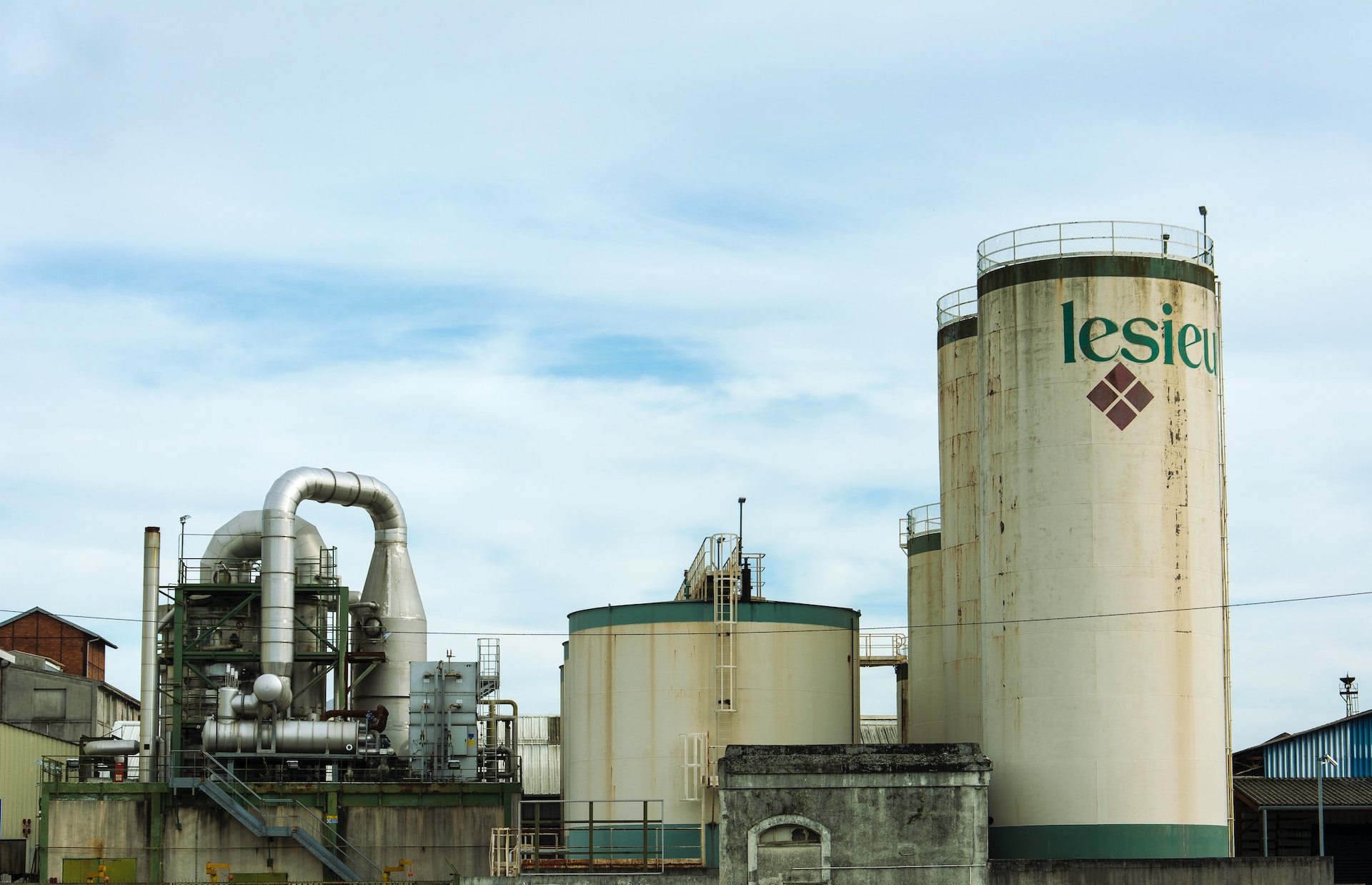When choosing a steel tank, several factors must be considered to ensure you get a good quality product that meets your needs. This is especially important for entrepreneurs, military and service sectors, and construction and fuel industries. Steel tanks often store highly hazardous substances that require meticulous handlings, such as fuels, animal wastes in agriculture, or even industrial waste materials. Such setups require storage tanks that are reliable, efficient, and durable.
Type of Tanks
A steel tank could be an aboveground, underground, single-wall, double-wall, single-compartment, or multi-compartment steel tank. Steel tanks are mostly preferred because of the need to reduce corrosion as much as possible. When choosing a steel tank that will be the best suitable, consider the following:
Material
Look for tanks made from high-quality, corrosion-resistant stainless steel or carbon steel with an epoxy coating. This will ensure the tank is durable and resistant to rust, leaks, and other damages and wear as the tanks are exposed to environmental conditions.
Capacity
Consider the tank’s capacity and ensure it suits your needs. Choosing a tank large enough to store the required amount of liquid is essential, but not so large that it takes up unnecessary space. A smaller capacity, on the other hand, may cause leakages.
Design
The tank’s design should also be considered. This includes the shape, size, and additional features like vents or valves. The design should be compatible with the stored liquid or material and withstand pressure or temperature changes. For example, substances like oils and gases require cylindrical or spherical tanks to ensure uniform pressure distribution.
Also, factors like whether the tank will be used in a highly mobile setting, aboveground or underground, will determine the design regarding shape, size, and even material used to enhance mobility. If a tank is to be used underground, factors like an increased likelihood of rust due to moisture must be considered. The steel tank should therefore be well-coated to caution against rusting.
Another example would be the colour of the tank. Black steel tanks are recommended in cold areas because they absorb heat. They are also suitable when there is a need to prevent algae growth in the tanks, as there is little to no light penetration.
Compliance
Ensure the tank meets relevant regulatory requirements, such as local building codes, industry standards, or environmental regulations. This will help avoid accidents and unnecessary losses and penalties.
Manufacturer
Choose a reputable manufacturer with a track record of producing high-quality steel tanks that meet industry standards and have a long service life. This may require that you consider reviews of previous customers.
After-sale services such as the warranty are factors you should consider. Check the warranty and after-sales support offered by the manufacturer to ensure you can easily get assistance in case of any issues with the tank.
Steel tanks are becoming quite common because of their durability and efficiency. To benefit fully from them, ensure the above-mentioned consideration before choosing one is considered keenly. It is important to note that your steel tank can be customised to meet your unique needs.
















